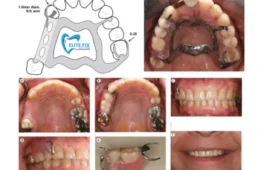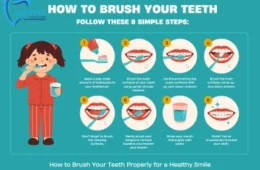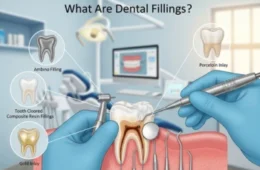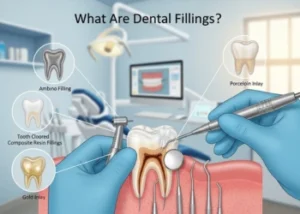
Dental Fillings
What Are Dental Fillings?
Dental fillings restore teeth damaged by decay, chips, or cracks. They seal holes to stop bacteria and protect your natural tooth structure. Early treatment keeps small issues from becoming big problems, like infections or tooth loss. You deserve a pain-free smile—fillings make that possible.
Common Types of Dental Fillings
Choose the right filling based on location, durability, and appearance. Dentists match materials to your needs. Here’s a quick overview:
| Type | Material | Pros | Cons |
| Amalgam | Silver-mercury alloy | Durable (up to 15 years), affordable | Visible silver color, potential sensitivity |
| Composite | Tooth-colored resin | Matches natural teeth, bonds well | Shorter lifespan (7 years), more expensive |
| Gold | Gold alloy | Extremely long-lasting (20+ years), strong | High cost, visible gold hue |
| Glass Ionomer | Fluoride-releasing cement | Releases fluoride, good for roots | Least durable (5 years), not for high-stress areas |
| Ceramic/Porcelain | Mineral-based ceramic | Natural look, stain-resistant | Costly, may require lab work |
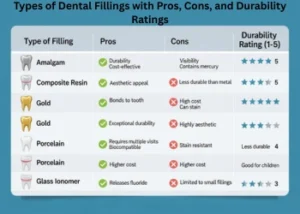
types of dental fillings with pros, cons, and durability ratings
These options come from trusted sources like the Cleveland Clinic.
The Dental Filling Procedure: What to Expect
Dentists make fillings quick and comfortable. You arrive, get numbed, and leave with a stronger tooth. Follow these steps:
- Preparation: Your dentist numbs the area with local anesthesia. They remove decay using a drill or laser.
- Filling Placement: They pack in the material—amalgam sets naturally, while composites harden under a special light.
- Finishing Touches: The tooth gets shaped, polished, and bite-checked for even comfort.
Most visits last 30-60 minutes. Mild soreness fades in days. Opt for sedation if anxiety hits.
How Long Do Dental Fillings Last?
Fillings endure daily wear, but longevity varies. Amalgam and gold shine for 15-20 years; composites average seven. Factors like grinding or sugary diets speed wear. Regular checkups catch issues early. Brush, floss, and visit twice yearly to maximize life.
Caring for Your Fillings: Winter Tips for Chicago Smiles
Chicago winters bring biting cold that tests sensitive teeth. In Lincoln Park or Lakeview, bundle up your mouth too. Protect fillings from cracks and chills:
- Sip warm drinks slowly—avoid extreme temperatures right after eating.
- Chew sugar-free gum to boost saliva and shield enamel.
- Use a soft toothbrush and fluoride paste to fight plaque buildup in dry air.
- Schedule cleanings before snow hits; early detection prevents emergencies.
Dr. Aziz Liaquat, our expert in implant dentistry, recommends these habits to keep restorations strong through the season.
FAQs: Your Dental Fillings Questions Answered
Q: Do dental fillings hurt?
A: Most feel little pain thanks to numbing. Post-procedure sensitivity lasts 1-2 weeks at most.
Q: Are amalgam fillings safe?
A: Yes, per the ADA—they’re effective and low-risk for most. Avoid if pregnant or with certain health conditions.
Q: Can fillings prevent cavities?
A: They seal decay spots, but daily hygiene stops new ones. Fluoride helps remineralize enamel.
Q: What if my filling falls out?
A: See your dentist ASAP to avoid infection. Temporary fixes like sugarless gum work short-term.
Q: How often should I replace fillings?
A: Not on a schedule—only if worn or damaged, spotted during exams.
Q: Do fillings change how food tastes?
A: Rarely; metals like amalgam might at first, but it fades quickly.
Q: Are tooth-colored fillings better?
A: For front teeth, yes—for aesthetics. Back teeth prioritize strength.
This article is for informational purposes only. Consult a dentist for personalized advice.
For expert dental care in Chicago, visit EliteFixDenture.com.

